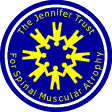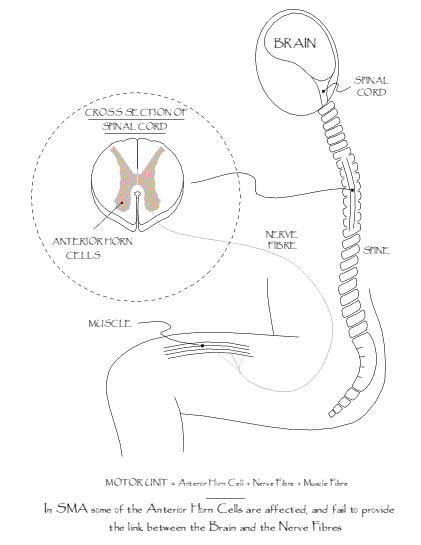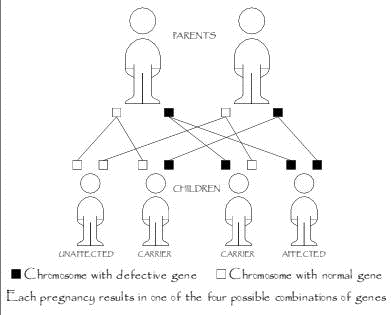The Jennifer Trust for Spinal Muscular Atrophy
 | Background to |
 | Background to |
HOW DO NORMAL MUSCLES WORK?
Muscles contract, moving parts of the body, when signals from the brain pass down the spinal cord through the anterior horn cells. Each anterior horn cell is responsible for passing a signal down another nerve to a muscle. The group of structures made up by one anterior horn cell, the nerve fibre and the muscle it supplies, is known as a motor unit (see diagram).

WHAT HAPPENS IN SMA?
In Spinal Muscular Atrophy it is the anterior horn cell which is abnormal. Not all nerve impulses can be passed from the brain to the muscles. The result of this is that some muscles become weak and wasted (atrophied).
IS THERE MORE THAN ONE TYPE OF SMA?
There are several types of SMA. These differ in the age at which they have an obvious effect, how severe this effect is, and which muscles are most affected. The severe form described here starts shortly before or shortly after birth.
| TYPES of SMA All ages of onset are approximate | |
|---|---|
| Severe (Type I) | Also known as Werdnig-Hoffmann Syndrome. Onset before or shortly after birth. Unable to sit. Do not usually survive past 2 years old. |
| Intermediate (Type II) | Onset between 3 months and 2 years. Able to sit, but not stand without aid. Survival into adulthood possible. |
| Mild (Type III) | Also known as Kugelberg-Welander Disease. Onset usually around 2 years. Able to walk. Normal lifespan. |
| Adult Onset SMA | Number of forms differing in age of onset. Degree of weakness is variable |

These pages ©The Jennifer Trust for Spinal Muscular Atrophy, 1997 & 2000
Illustrations and HTML by DanE, 1993, 1997 & 2000